For the past three years I have been working towards a PhD with the Department of Archaeology at Durham University. My research is all about the everyday working lives of object conservators. I am interested in how conservators approach the objects they work on, what knowledge they use to do so, and how this type of work is established within heritage institutions. I am also interested in all the other work that conservators do, from preventive conservation to training new conservators, and to outreach work for the public, blog-writing included!
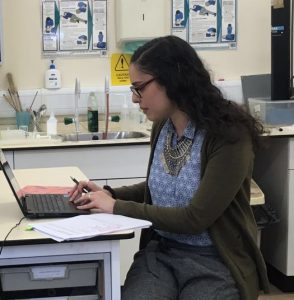
I decided I would investigate these interests by conducting an ethnography. This is a methodology which anthropologists use to observe human behaviour in various settings. In anthropological terms, my study is multi-sited: I have conducted my ethnography in many different sites, with many different types of practitioners. This has given me a broad, holistic view of what conservators do in practice, how they feel about their work, what issues they face, and what experiences they bring to and gain from their work.

One of the field sites where I conducted my ethnography was the Fitzwilliam Museum. I spent two months working with the conservators, conservation technicians, conservation interns and students of the Antiquities department. During this time, I did what anthropologists call participant observation. I am also a qualified conservator, so I was able to help with the conservation of an Ancient Egyptian sandal whilst I observed what the other conservators were up to throughout their working day.
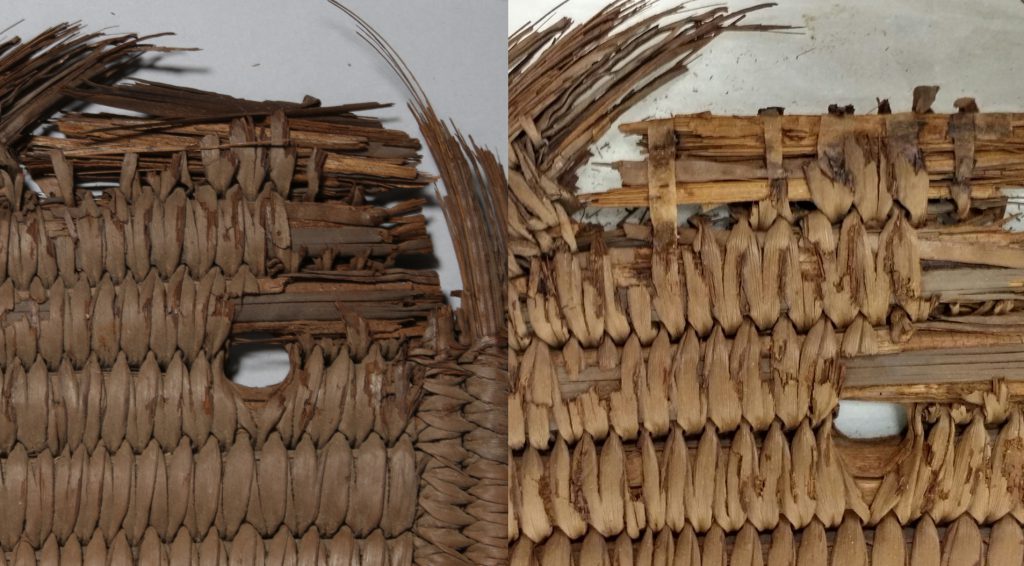
I also helped with the display of a case in the Egyptian gallery that houses textiles and other organic materials. Sometimes I shadowed the conservators as they attended meetings; at other times I asked questions about the objects they were working on. I also conducted an interview with each of the conservation members of that department.
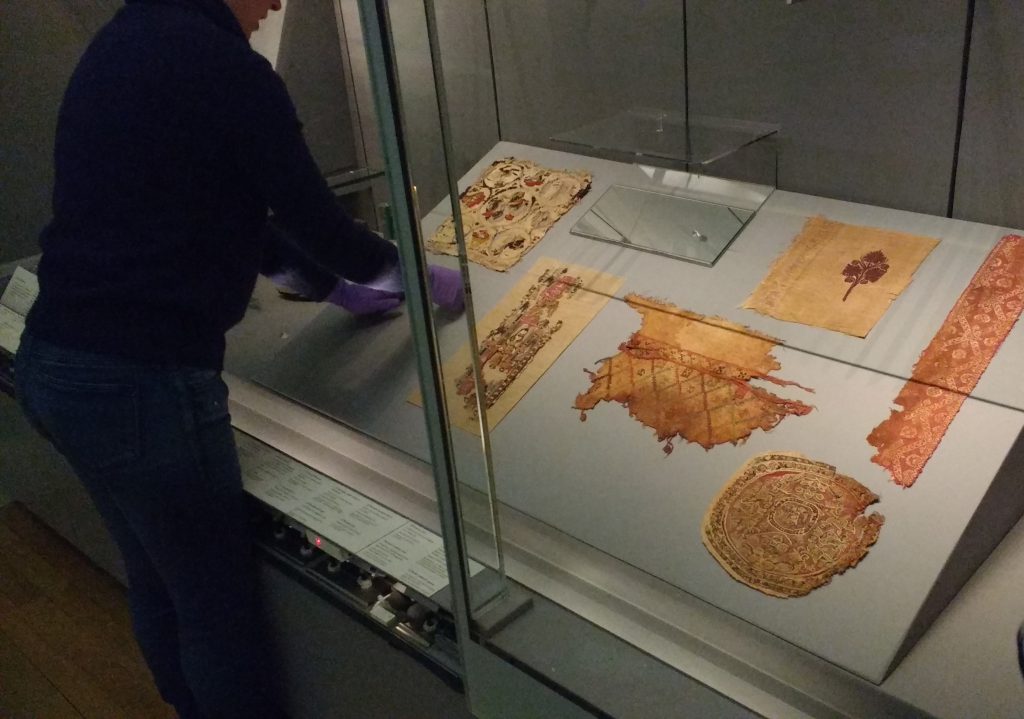
I then repeated this process with the Applied Arts department. This time, instead of taking part in the treatment of objects, I helped with a project which focused on preventive conservation. Along with a conservator from the Paper, Drawings and Prints (PDP) department I carried out a large-scale condition assessment of the newly acquired Lennox-Boyd fans collection. During my time with Applied Arts I also shadowed the conservation technicians, conducted interviews, and lent a helping hand with temporary exhibitions taking place throughout the museum.
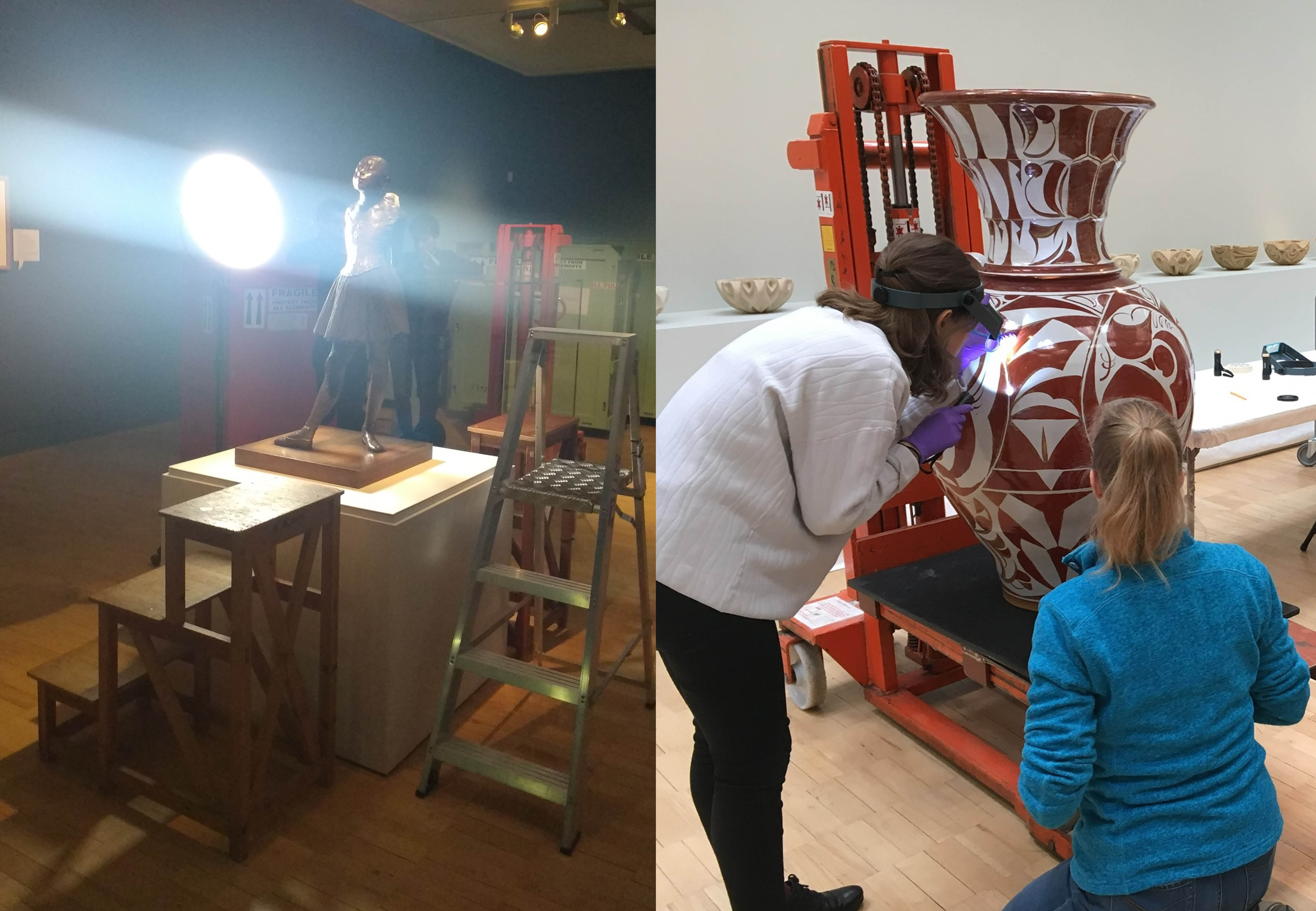
I also spent time in the other University of Cambridge Museums (UCM). I wanted to see how other types of museums work and was attempting to reach as many conservators as possible. To do this, I led forums through the UCM 4C group, which brings together conservators and care of collections professionals throughout the museum consortium.
I led three forums throughout the past year and treated them like group interviews for the purpose of my research. This allowed me listen to different conservation practitioners discuss all kinds of topics. These included the practical side of conservation, the risk of loss of practical skills, working with unfamiliar objects or sensitive materials, gender and class in conservation, responsibility in conservation, experiences with objects, and difficulties in becoming a conservator. Again, this list is not exhaustive but I hope it gives an idea of the range of these conversations and how useful they were to me as a researcher.
I am still working on the Lennox-Boyd fans collection and a related display focused on the conservation work carried out on the fans. I am also in the midst of writing my PhD which I hope to finish within the next year. I would like to take this opportunity to thank the Fitzwilliam Museum, University of Cambridge Museums, and all those who kindly participated in my doctoral research. It was, and continues to be, a great pleasure to work with you.
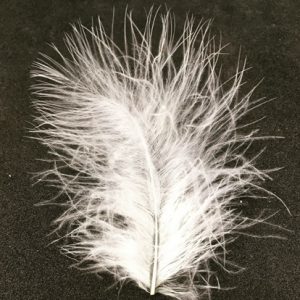
I will return to write about my conservation work on the Lennox-Boyd fans collection in due course!
Until then…
Rebeca Suarez Ferreira, MA
PhD Candidate
Department of Archaeology, Durham University
Objects Conservator
Applied Arts Department, The Fitzwilliam Museum

